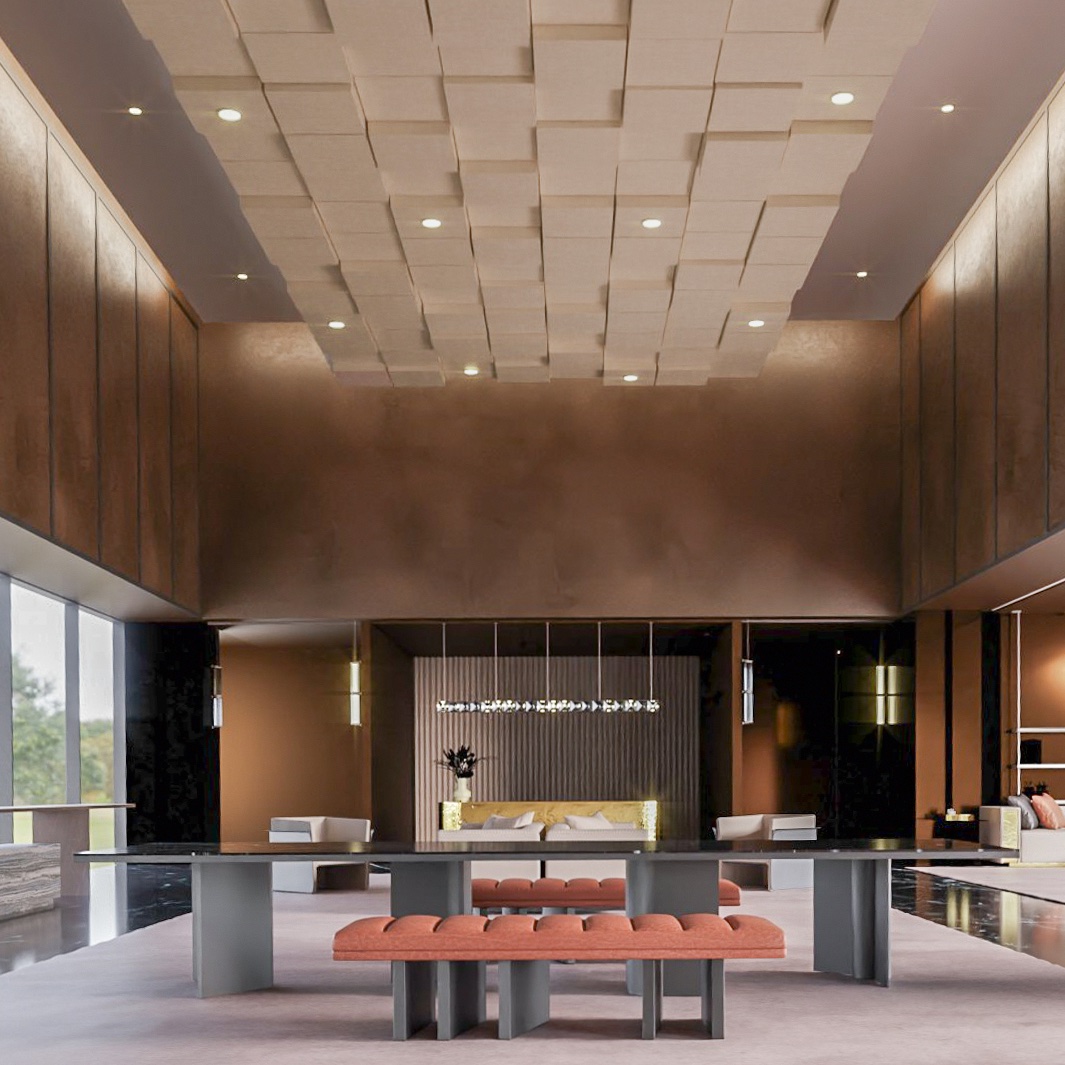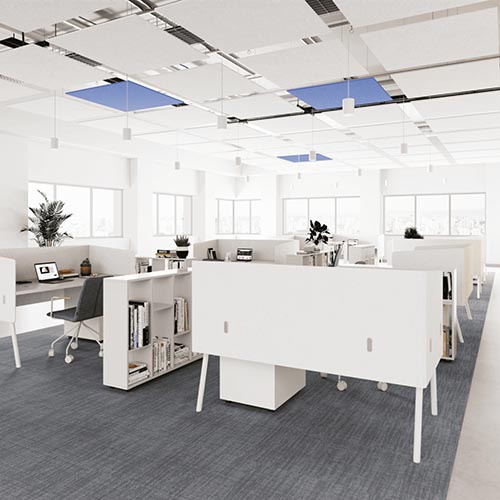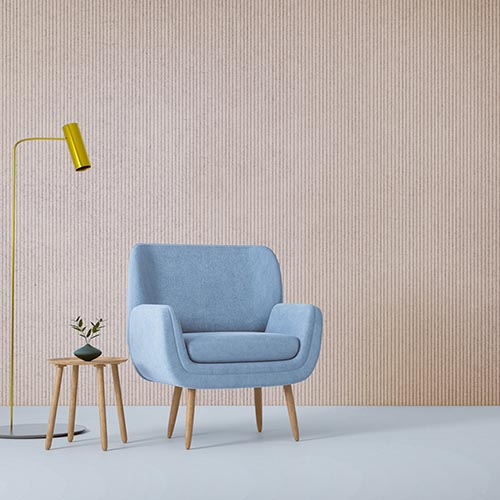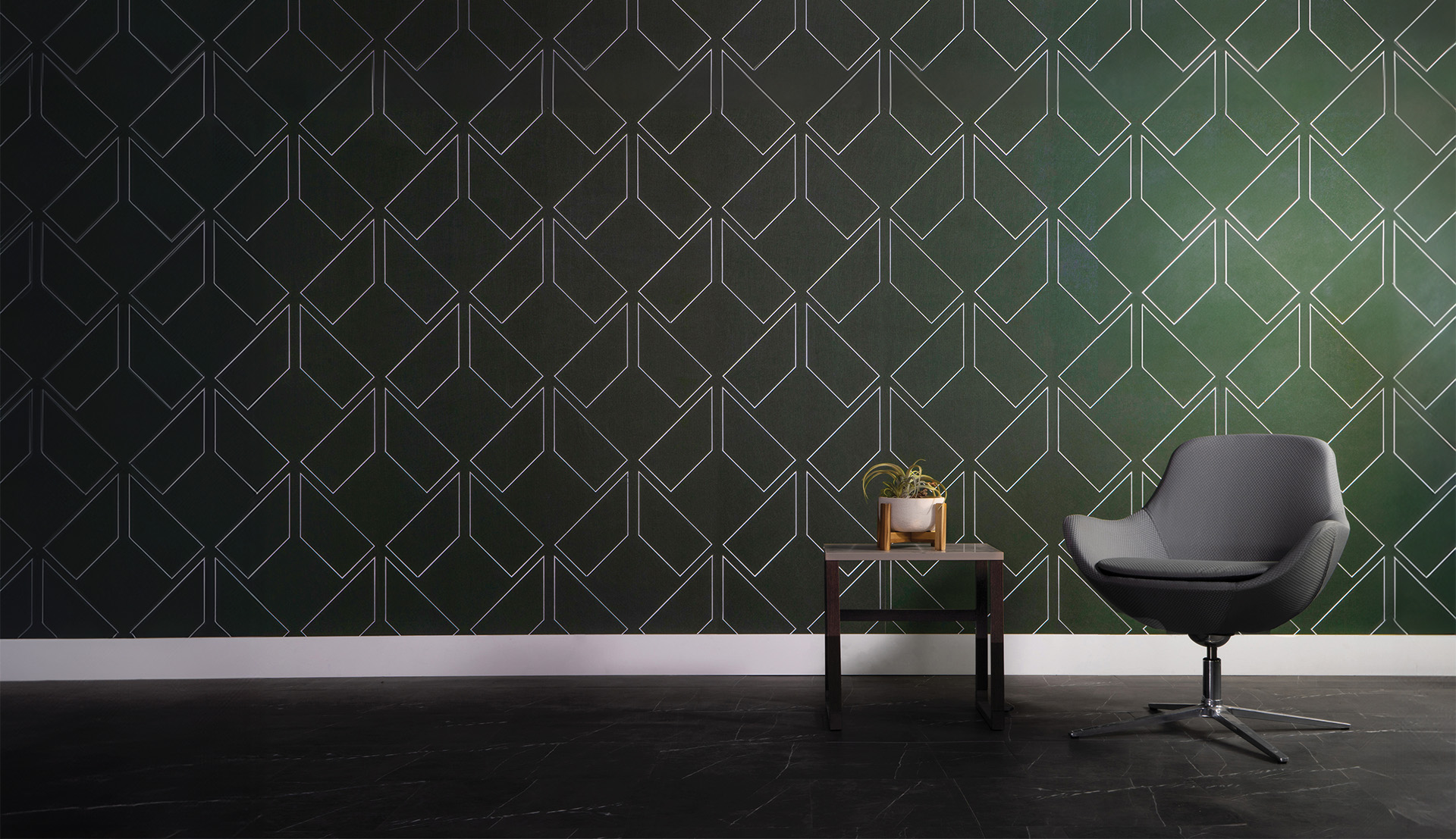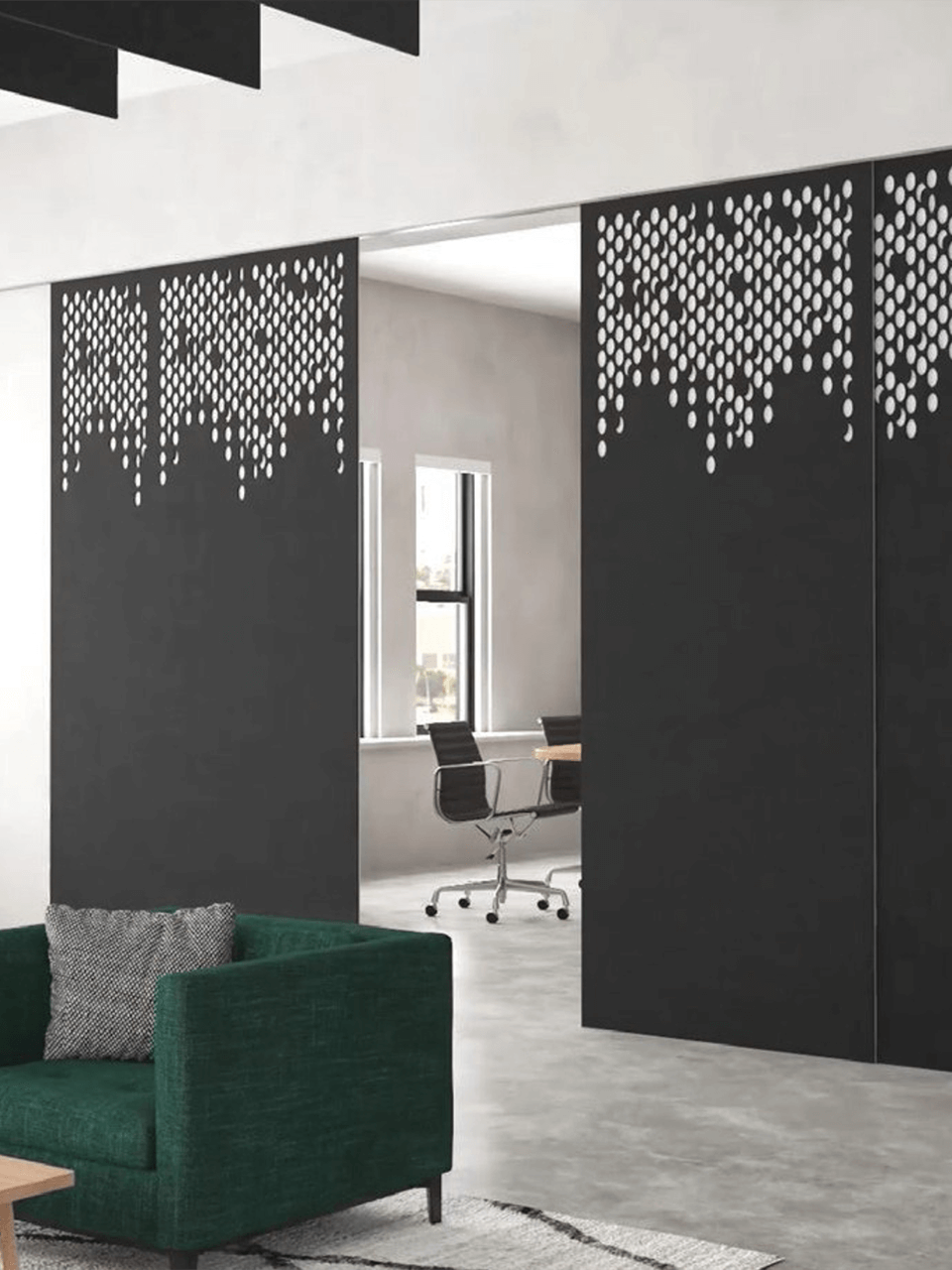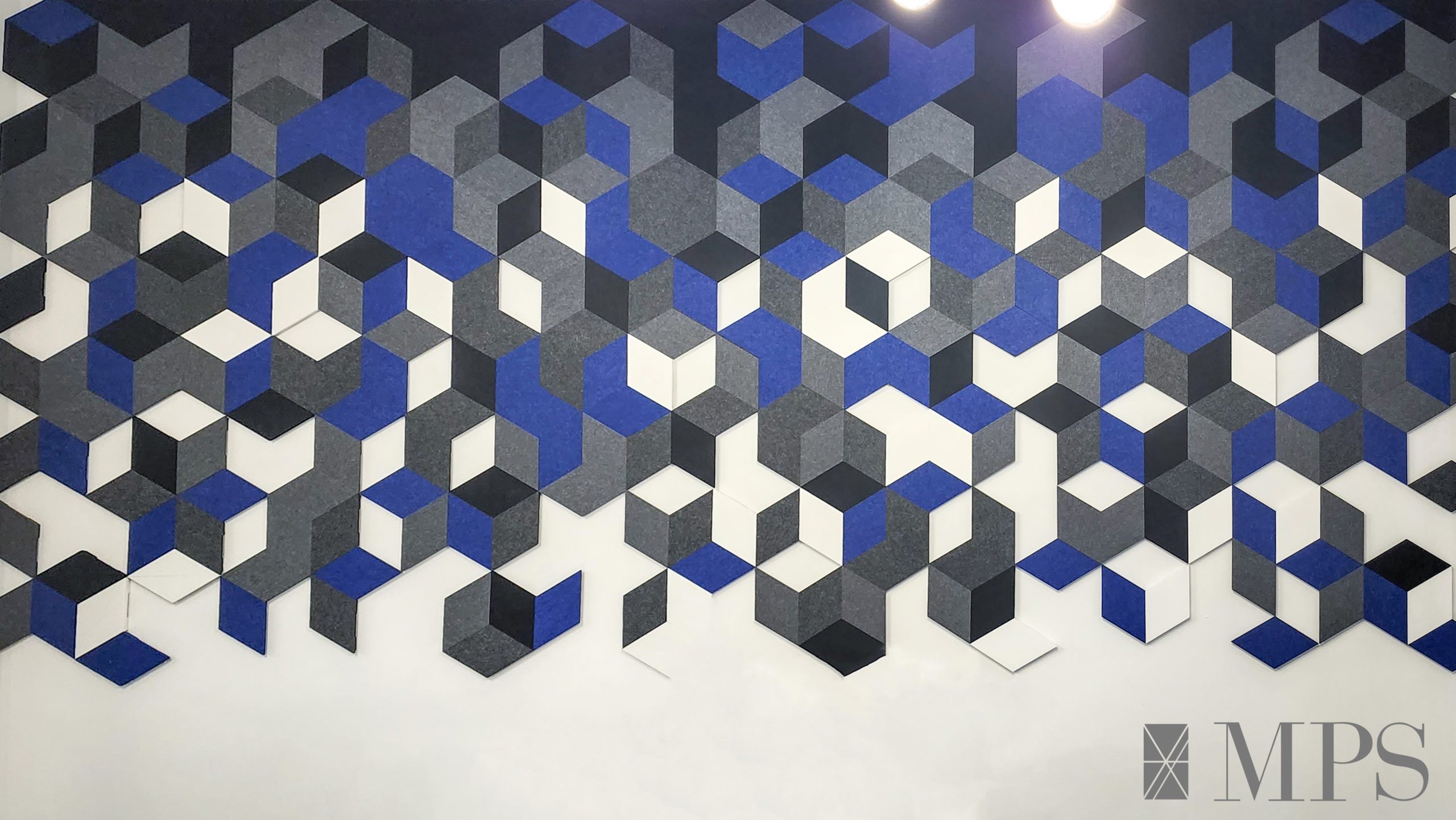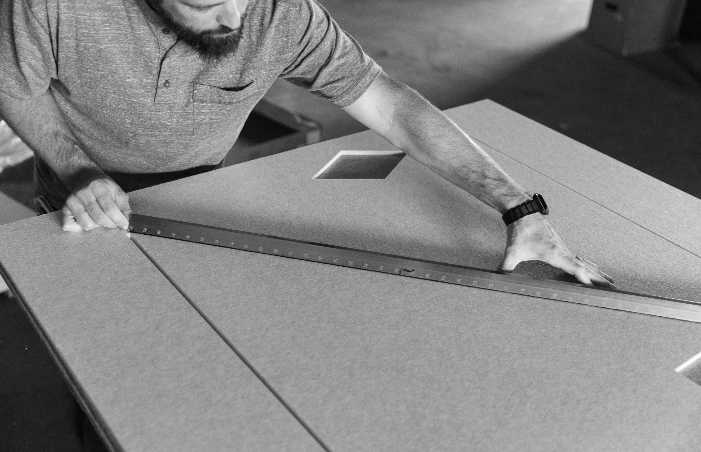Enclosed or private offices are increasingly becoming a precious commodity, reserved for department heads, team leaders or C-Suite leaders who need privacy to do high-ROI work that affects the entire organization and whose discussions frequently involve either trade secrets or confidential information (think HR issues or protected speech like a doctor’s diagnosis).
But simply having walls doesn’t guarantee better privacy or the ability to focus. Frequently sound simply builds up in these offices, becoming distracting and stressful in itself, and since such walls often don’t extend to the hard deck, those private conversations and phone calls are easily overheard in surrounding offices and corridors.
How to Achieve Privacy in Enclosed Offices
In any environment, there are only three tools to improve privacy in that environment, commonly known as “the ABCs.”
The ABC’s of Speech Privacy
- Absorb – using acoustic panels or dividers can absorb distracting sounds as well as cut down on visual distractions.
- Block – installing partitions can reduce both acoustic and visual distractions.
- Cover – adding a source of unstructured, low-level background sound with a modern, adaptive sound masking system can cover distracting noise and increase speech privacy



In enclosed offices, this often looks something like this:
Adding acoustic panels as “functional art” to the walls in the office “soak up” the sound in the office, reducing noise levels and preventing sound from transmitting through hollow drywall walls. Then adding the intelligent VoiceArrest™ Sound Masking System to the offices and the corridors and spaces outside them prevents private conversations inside the office from being understood outside of the office, as well as noise from outside the office distracting or disrupting meetings and conversations inside the private office.
To add privacy to your enclosed offices, talk to a privacy expert today!

